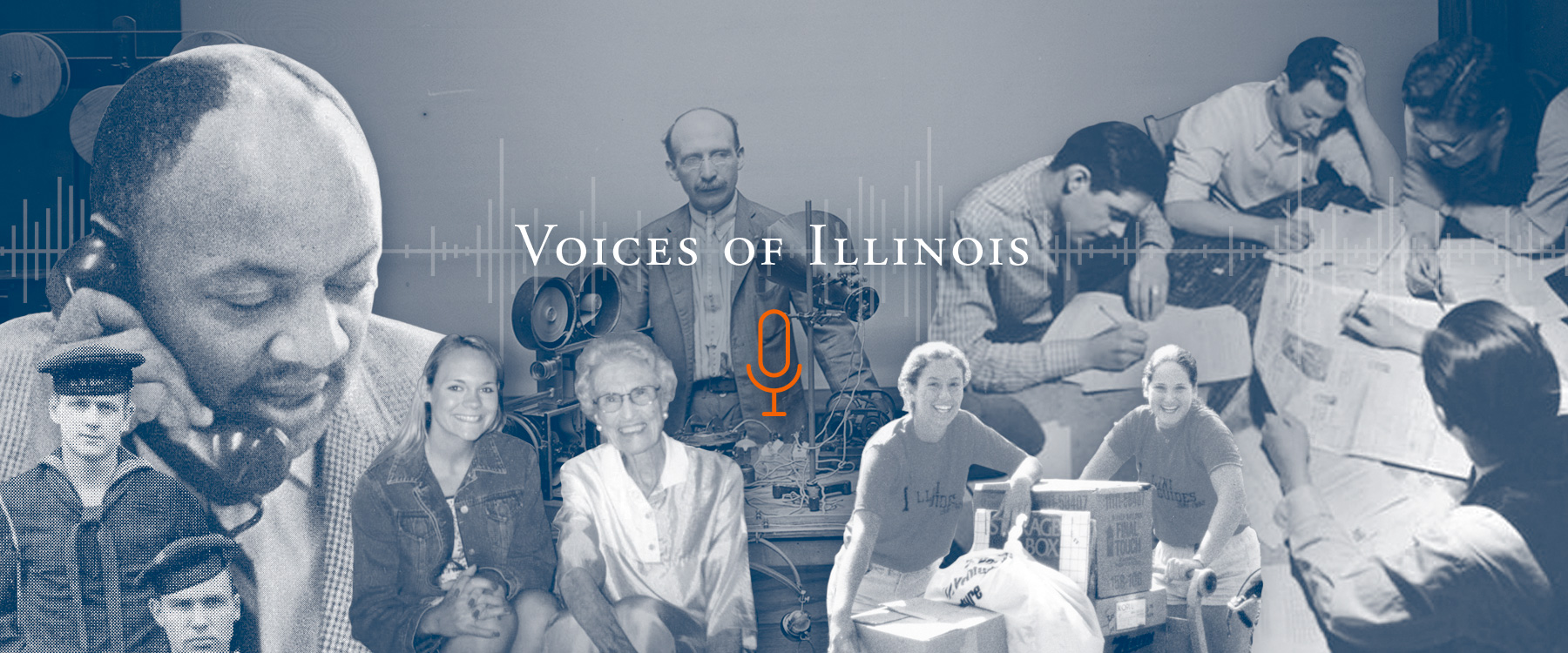Tell Your Story
Conducting oral histories isn't limited to archivists and academics - anyone can do it! Read on to learn more about getting started for yourself.
What are oral histories?
The Oral History Association uses the following definition: “Oral history refers both to a method of recording and preserving oral testimony and to the product of that process. It begins with an audio or video recording of a first person account made by an interviewer with an interviewee (also referred to as narrator), both of whom have the conscious intention of creating a permanent record to contribute to an understanding of the past. A verbal document, the oral history, results from this process and is preserved and made available in different forms to other users, researchers, and the public. A critical approach to the oral testimony and interpretations are necessary in the use of oral history.”
Why does my story matter?
Archives are home to a variety of different records including documents, photos, manuscripts, films, broadsides, posters, and ephemera. While research can tell the story of these objects, you can tell your story for others to hear. Without the individuals behind them, the objects held in archives would not have a story to tell.
Getting started!
The following sequence of pages provide a guide for beginning your own oral history project!
